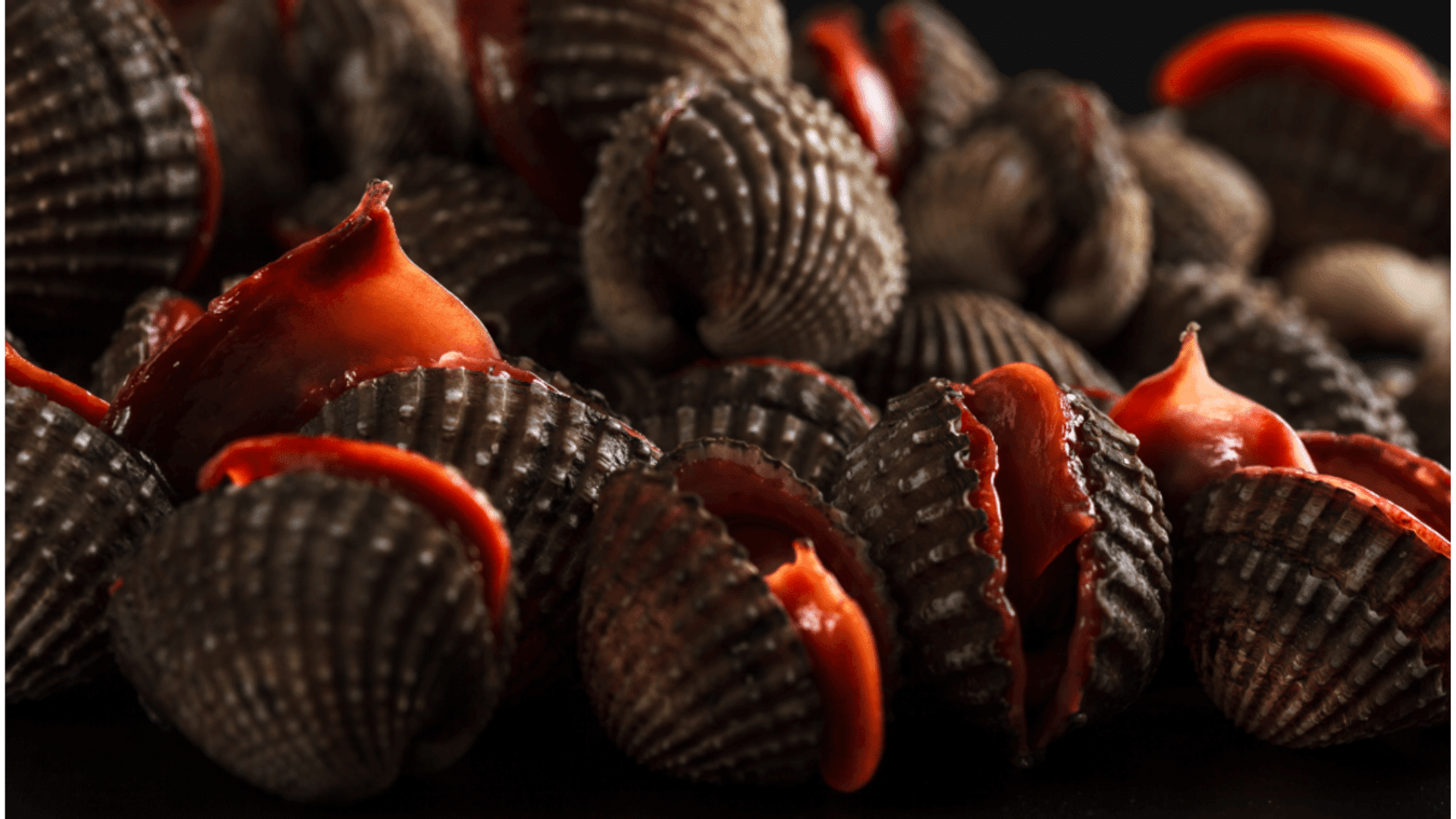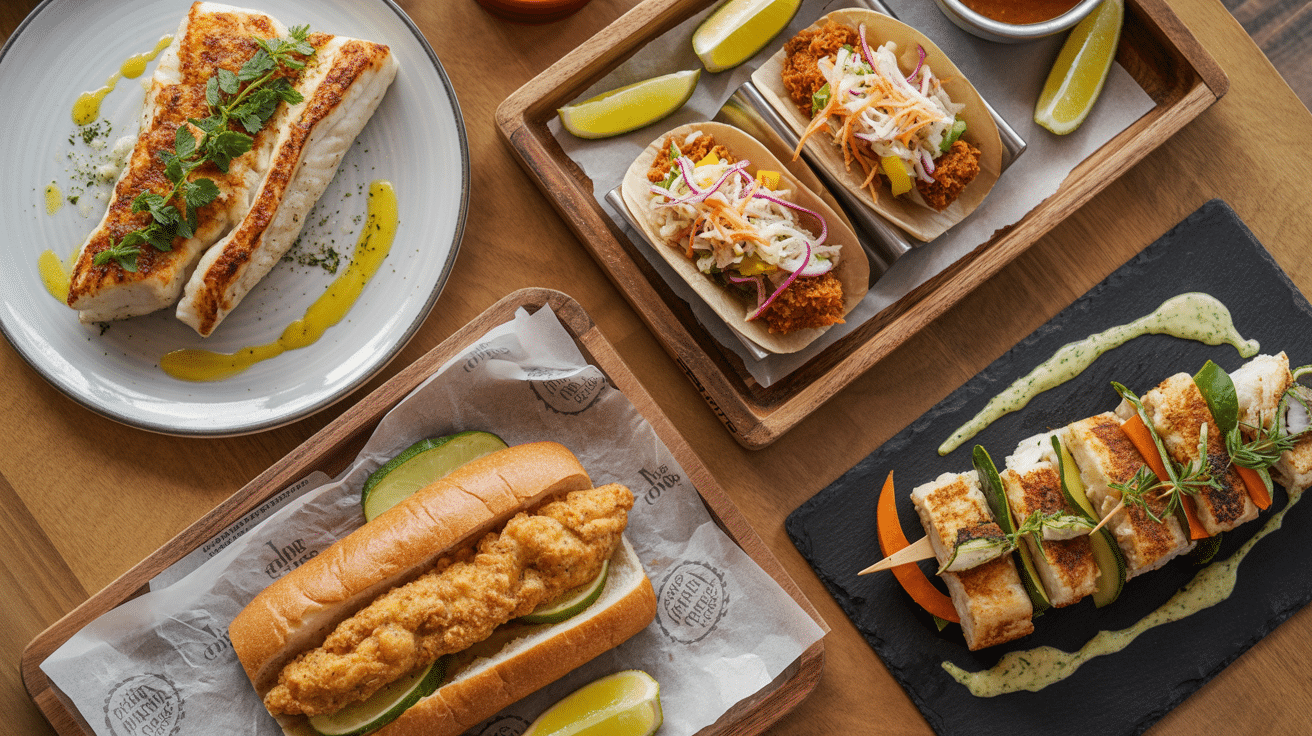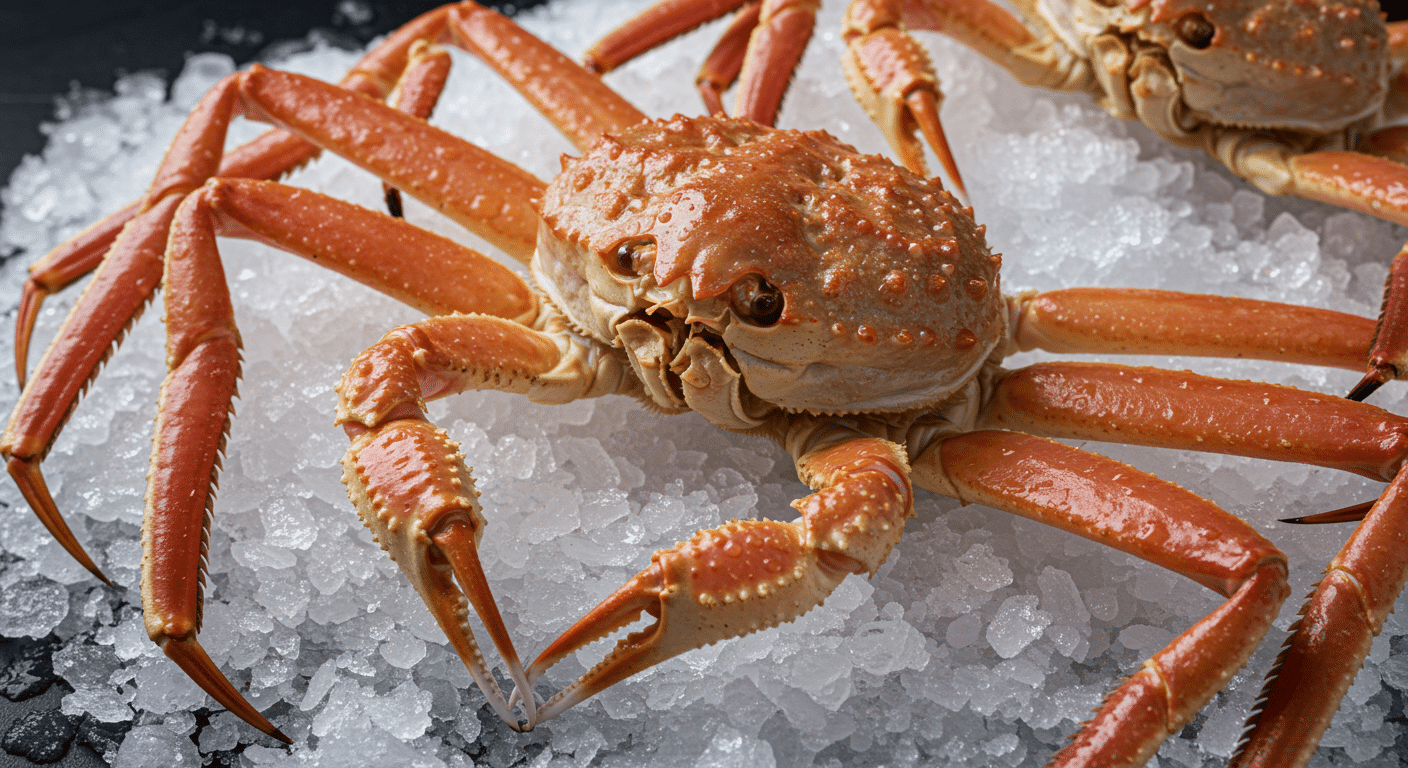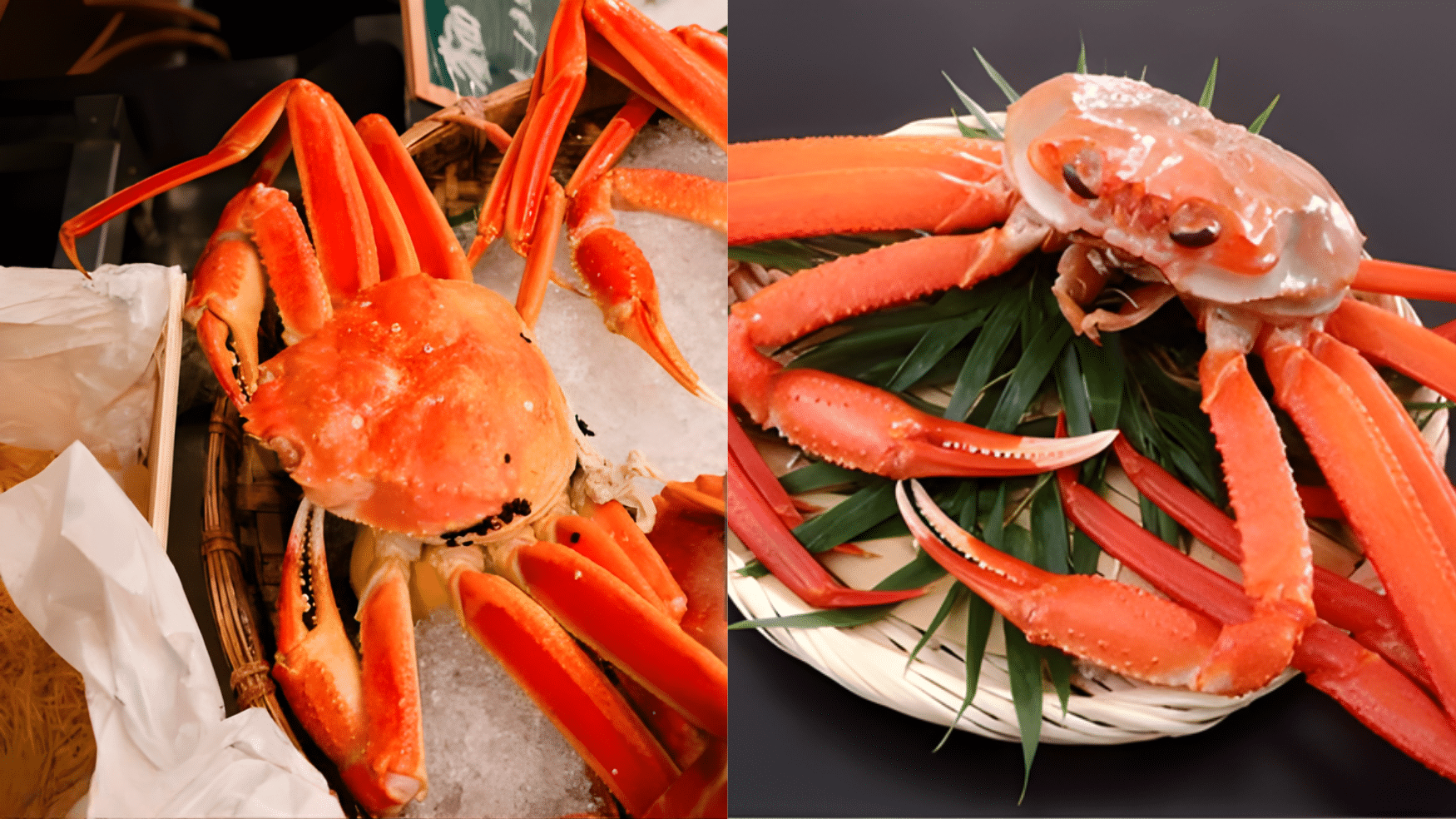Blood clams might sound like they are straight out of a horror movie, but these are actually a type of clam found in the muddy beds of certain coastal waters.
They are known for their reddish colour and the fact that they tend to have a bit more.
Now, you might be wondering, “Are they safe to eat?”
Well, let’s jump right into it and find out if blood clams are a hidden gem or just something best left to the horror movie scriptwriters.
What are Blood Clams and Where are They Found?
Blood clams are exactly what they sound like, clams with a reddish, almost blood-like color that earned them their dramatic name.
These muddy-water lovers burrow deep into coastal sediments throughout Southeast Asia, the Gulf of Mexico, and parts of the Caribbean.
What makes them different? They pack higher concentrations of hemoglobin (the same stuff that makes your blood red), giving them that distinctive crimson hue.
But here’s the catch: this extra hemoglobin makes them prime real estate for bacteria that thrive in murky waters. The more “blood,” the more potential for unwanted microscopic guests.
These clams literally come with dirt attached since they spend their lives buried in mud and sand, requiring serious cleaning before cooking.
The Health Risks of Eating Blood Clams
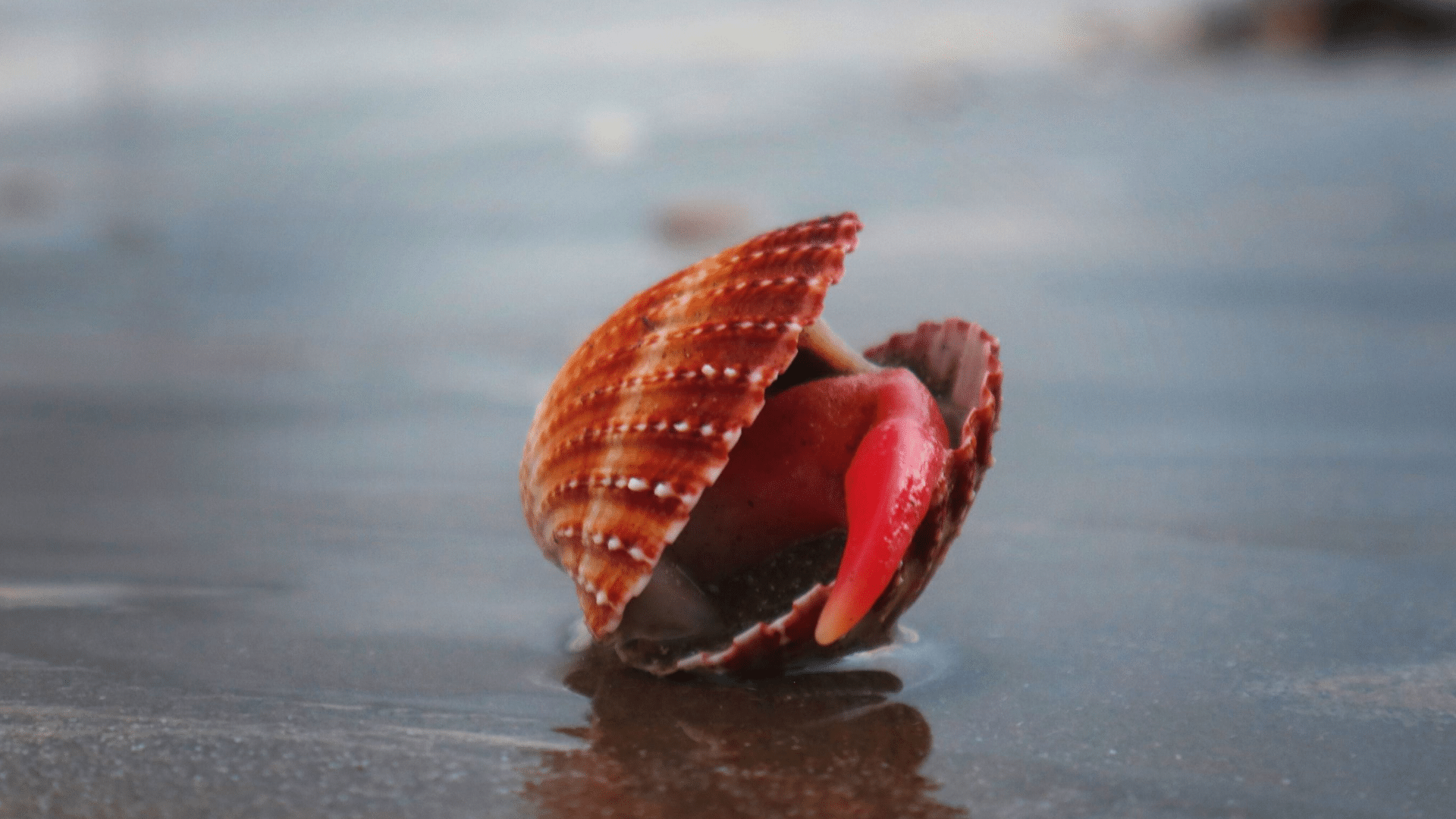
While they may seem like an exotic treat, consuming them, especially raw, can come with a handful of dangerous consequences.
Let’s take a closer look at the risks involved.
1. Bacterial Contamination
Blood clams are filter feeders that trap harmful bacteria from polluted waters, including dangerous strains like Vibrio and Salmonella.
These bacteria cause severe food poisoning with symptoms like stomach cramps, vomiting, diarrhea, and fever.
When consumed raw or undercooked, blood clams carry these bacteria straight into your digestive system, making them particularly risky for your health.
2. Hepatitis A
Raw blood clams pose a serious risk for Hepatitis A virus contamination.
This liver-affecting virus causes inflammation, triggering symptoms like nausea, fatigue, loss of appetite, and jaundice.
Since the virus spreads through contaminated water that blood clams filter, eating them raw significantly increases your chances of contracting Hepatitis A, which can be particularly dangerous without prompt treatment.
3. Parasites
As filter feeders, blood clams can absorb parasites like worms or protozoans present in contaminated water.
Consuming raw blood clams means potentially ingesting these parasites, leading to infections ranging from mild digestive issues to severe conditions.
The type and severity of illness depend entirely on which parasites the clams have filtered from their murky water environment.
4. Heavy Metal Contamination
Blood clams absorb heavy metals like mercury and lead from polluted waters, accumulating these toxins in their bodies over time.
Regular consumption allows these metals to build up in your system, causing long-term health problems.
However, prolonged exposure can damage vital organs, including the liver and kidneys, and even impact your nervous system, especially from clams harvested in polluted areas.
5. Toxins
Blood clams absorb marine toxins responsible for paralytic shellfish poisoning (PSP), particularly from harmful algae blooms.
These concentrated toxins cause serious health issues, including paralysis, breathing difficulties, and potentially death without quick treatment.
Risk increases dramatically when consuming clams from areas with known algae blooms or poor water quality, making source location critically important for safety.
6. Increased Risk for Vulnerable Groups
Pregnant women, young children, elderly individuals, and those with compromised immune systems face heightened risks from blood clam consumption.
These vulnerable groups experience more severe symptoms and complications from foodborne illnesses caused by bacteria, viruses, and toxins.
Health experts strongly recommend that these groups avoid raw shellfish entirely, including blood clams, to protect their safety.
How to Minimise Health Risks When Eating Blood Clams?
| SAFETY STEP | WHAT TO DO | WHY IT MATTERS |
|---|---|---|
| Cook Them Thoroughly | Boil, steam, or fry until piping hot and fully open | Kills harmful bacteria and parasites that cause illness |
| Avoid Raw Consumption | Never eat blood clams uncooked, despite trends | Raw consumption dramatically increases the risk of foodborne illness |
| Source from Reputable Suppliers | Buy only from trusted seafood markets with certifications | Ensures proper handling and safety standards are followed |
| Clean Them Well | Rinse thoroughly to remove dirt, grit, and contaminants | Reduces surface bacteria and environmental pollutants |
| Check for Freshness | Discard any clams that are open before cooking | Open shells indicate dead clams that are unsafe to consume |
Remember: Even with these precautions, blood clams still carry inherent risks due to their filter-feeding nature and habitat preferences.
Safety Concerns: Can You Safely Eat Blood Clams?
The harsh reality is that blood clams present unique challenges that make them riskier than your average shellfish.
Here’s why safety is such a complex issue:
- Filter-Feeding Nature Makes Them Pollution Magnets: They accumulate bacteria, viruses, and toxins from contaminated waters.
- Hidden Contamination is Invisible: Blood clams can harbor dangerous pathogens without showing any obvious signs.
- Cooking Requirements are Critical: Inadequate temperature control leaves harmful bacteria and parasites alive.
- Storage and Handling are Unforgiving: Improper care causes rapid spoilage and bacterial multiplication.
- Depuration is Often Skipped: Many blood clams aren’t cleaned in filtered water, leaving toxins intact.
The Bottom Line
While they can be a delicious treat when prepared properly, it’s crucial to understand the potential dangers before taking a bite.
Always make sure to cook them thoroughly, source them from reputable suppliers, and be mindful of how they’re handled and stored.
In the end, blood clams can still be part of your seafood adventures, but they are best enjoyed with a little caution.
After all, no one wants a horror story at dinner!



